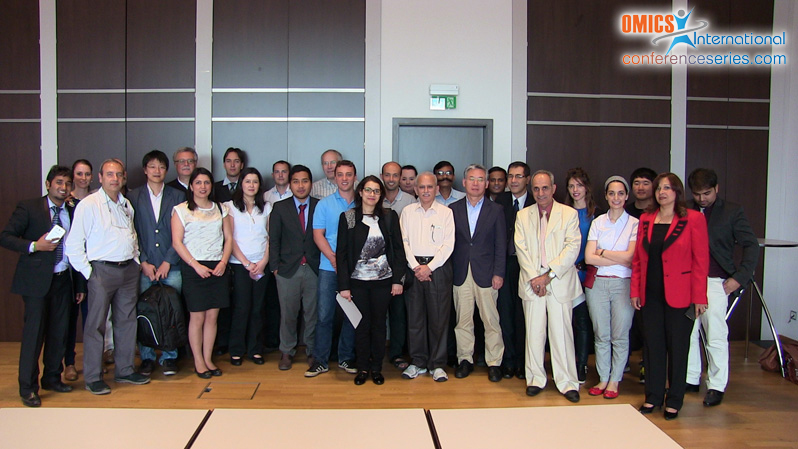
Long Liu
Jiangnan University, China
Title: Systems metabolic engineering of Bacillus subtilis for efficient N-acetyl glucosamine production
Biography
Biography: Long Liu
Abstract
N-acetyl glucosamine (GlcNAc) is a pharmaceutically and nutraceutically important compound with wide applications and now is mainly produced by hydrolysis from crab and shrimp shells which can cause severe environmental pollution and has potential risk of allergic reactions. In this work, we achieved the over-production of GlcNAc by systems metabolic engineering of Bacillus subtilis, a generally regarded as safe strain. Specifically, GlcNAc synthesis pathway was strengthened by co-over expression of Glucosamine-6-phosphate (GlmS) synthase and GlcNAc-6-phosphate N-acetyl transferase (GNA1) which realized GlcNAc production (240 mg/L). Next, GlcNAc uptake pathway and intracellular degradation pathway were entirely blocked by knockout of all the encoding genes in GlcNAc catabolic pathway to facilitate GlcNAc accumulation. Then, to balance and strengthen GlcNAc synthetic pathway, DNA-guided scaffold system was introduced and increased GlcNAc titer from 1.83 g/L to 4.55 g/L. Synthetic small regulatory RNAs were then employed to optimize expression level of key enzymes in the nodes of GlcNAc-related network including 6-phosphofructokinase (Pfk) and phospho glucosamine mutase (GlmM). GlcNAc titer was improved to 8.30 g/L by modular regulation of the activities of GlcNAc-related modules. In fed-batch fermentation, the GlcNAc titer was further increased to 31.65 g/L which was 3.8-fold that in the shake flask. Finally, to understand kinetics of metabolite changes in GlcNAc synthesis pathway and glycolysis, targeted metabolomics and dynamic labeling were implemented. Inefficient GlcNAc6P dephosphorylation and undesired GlcNAc phosphorylation were identified as rate-limiting step for GlcNAc synthesis which pinpointed future direction for further pathway optimization. The used systems metabolic engineering strategies may be useful for the construction of versatile B. subtilis cell factories for the production of the other industrially important chemicals.


